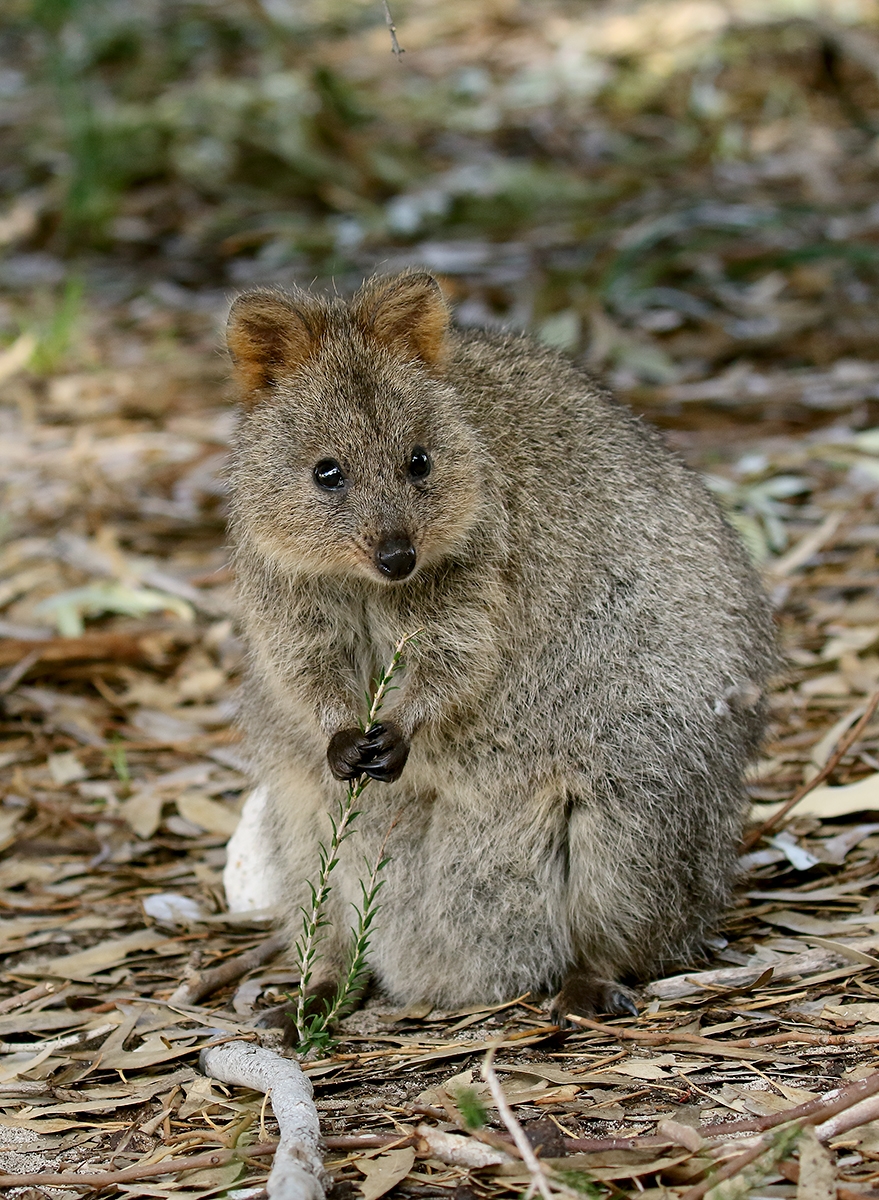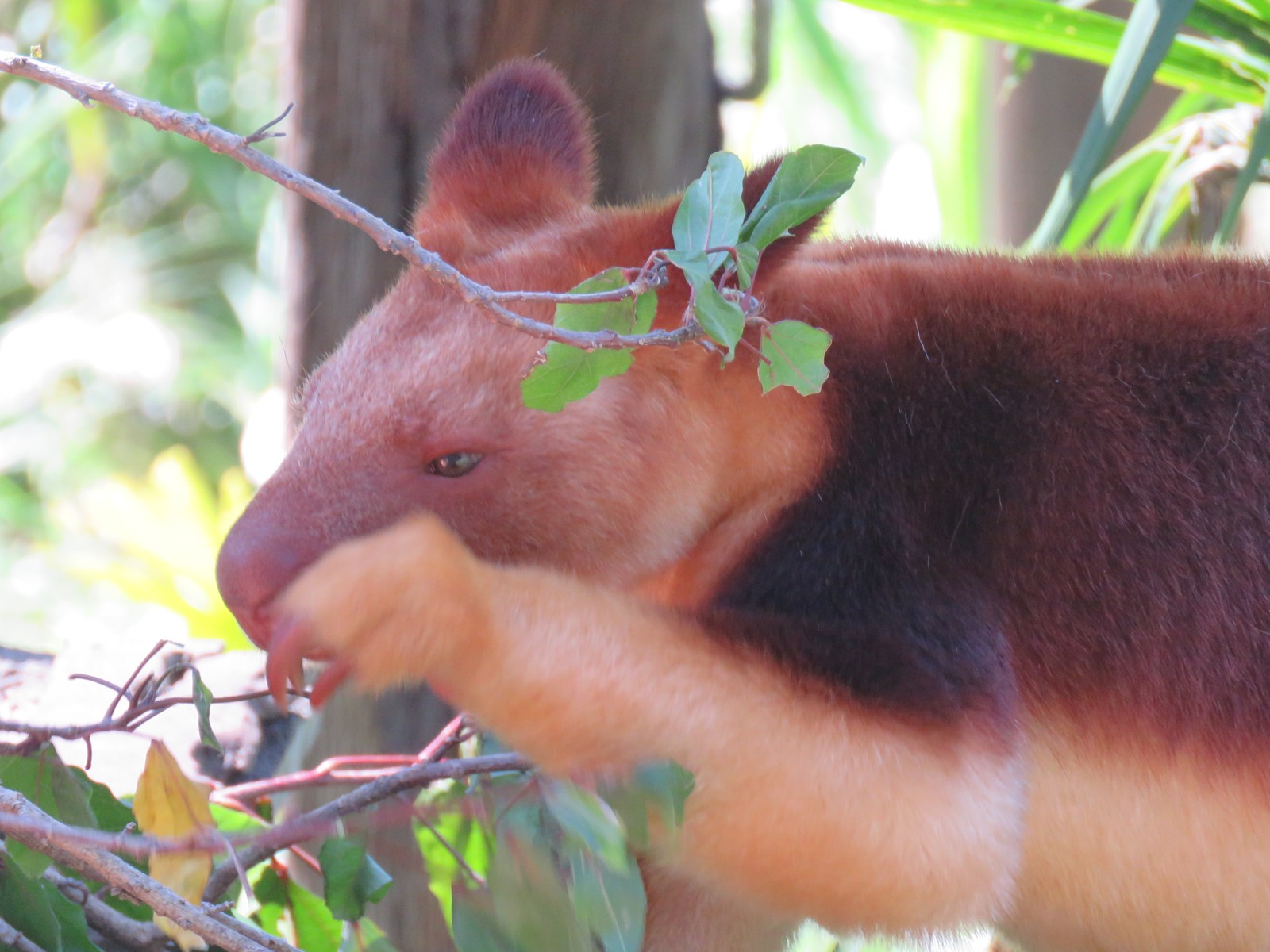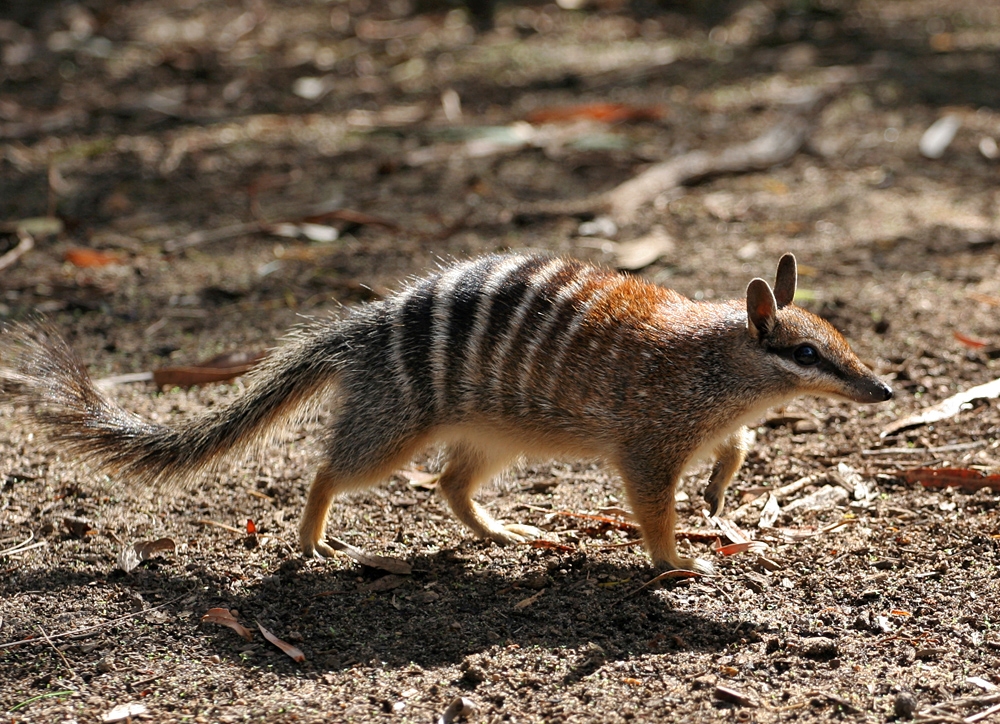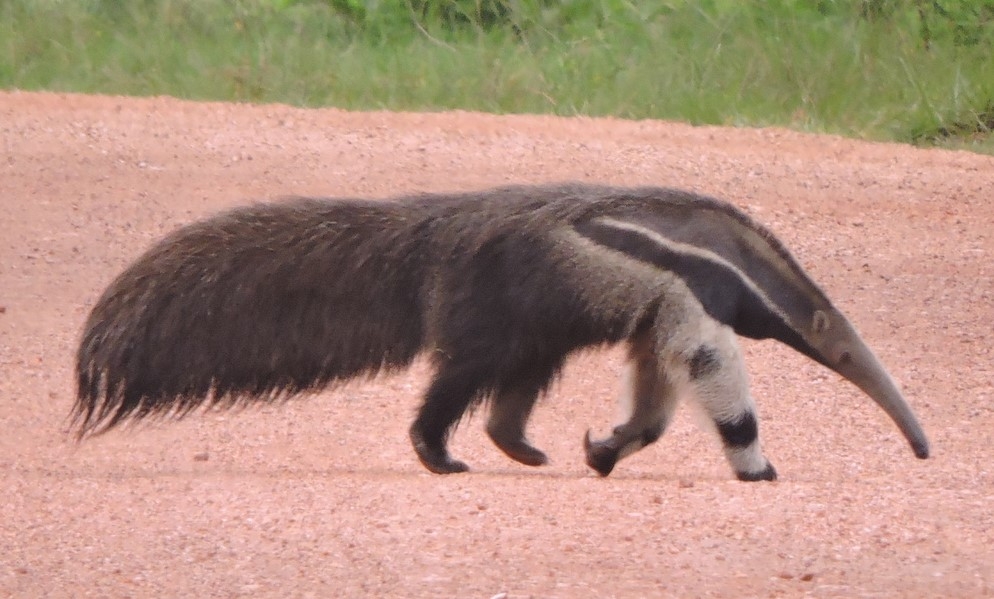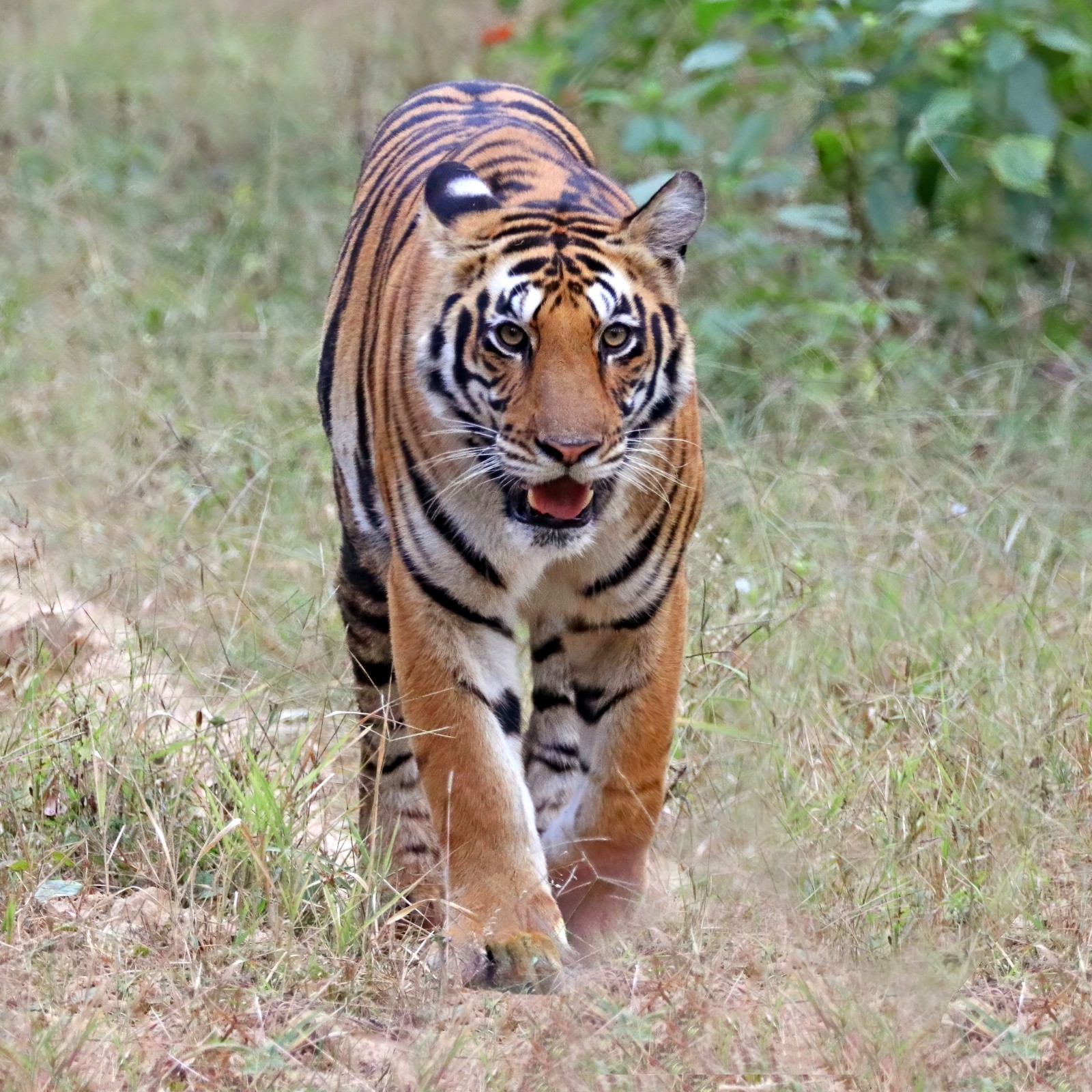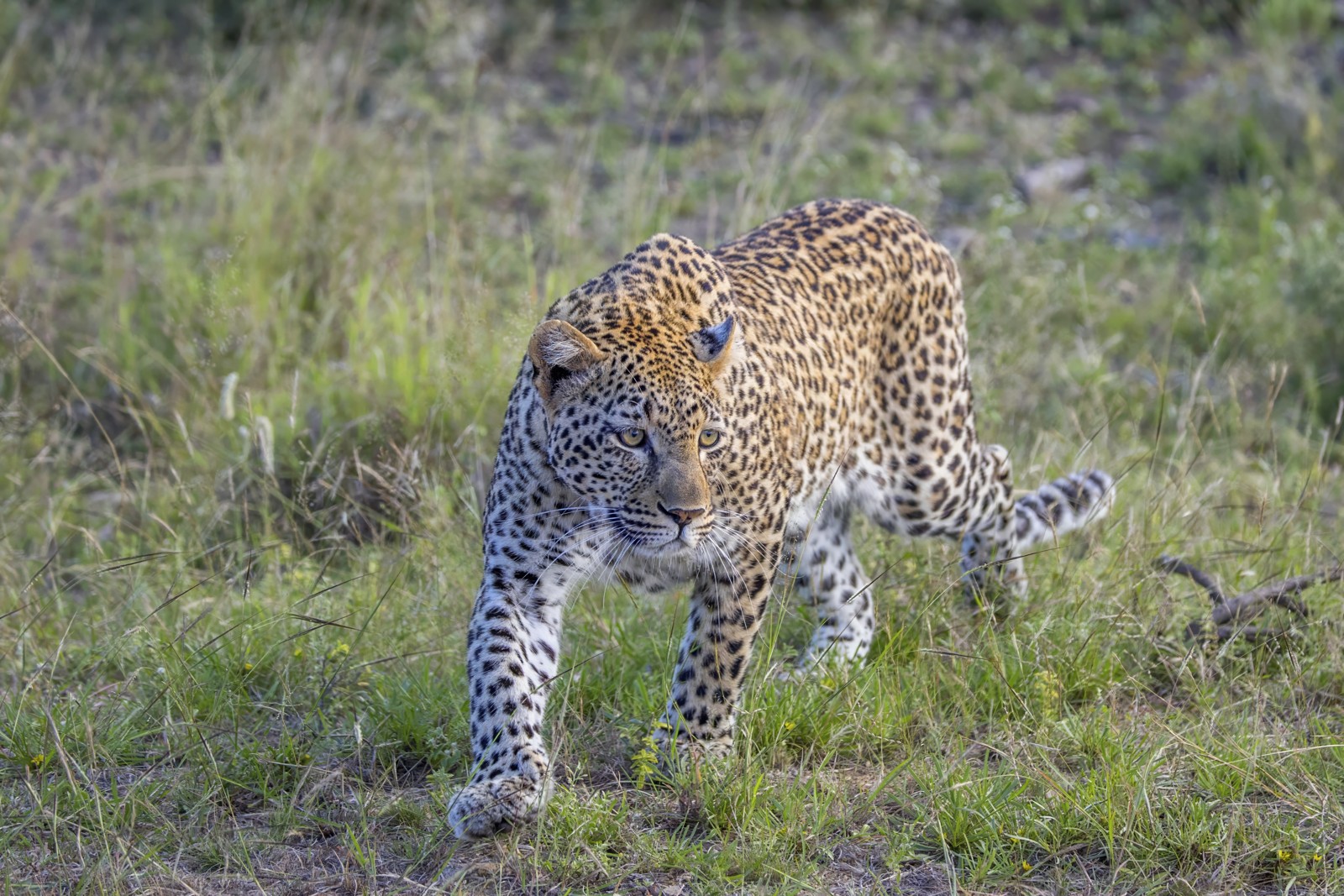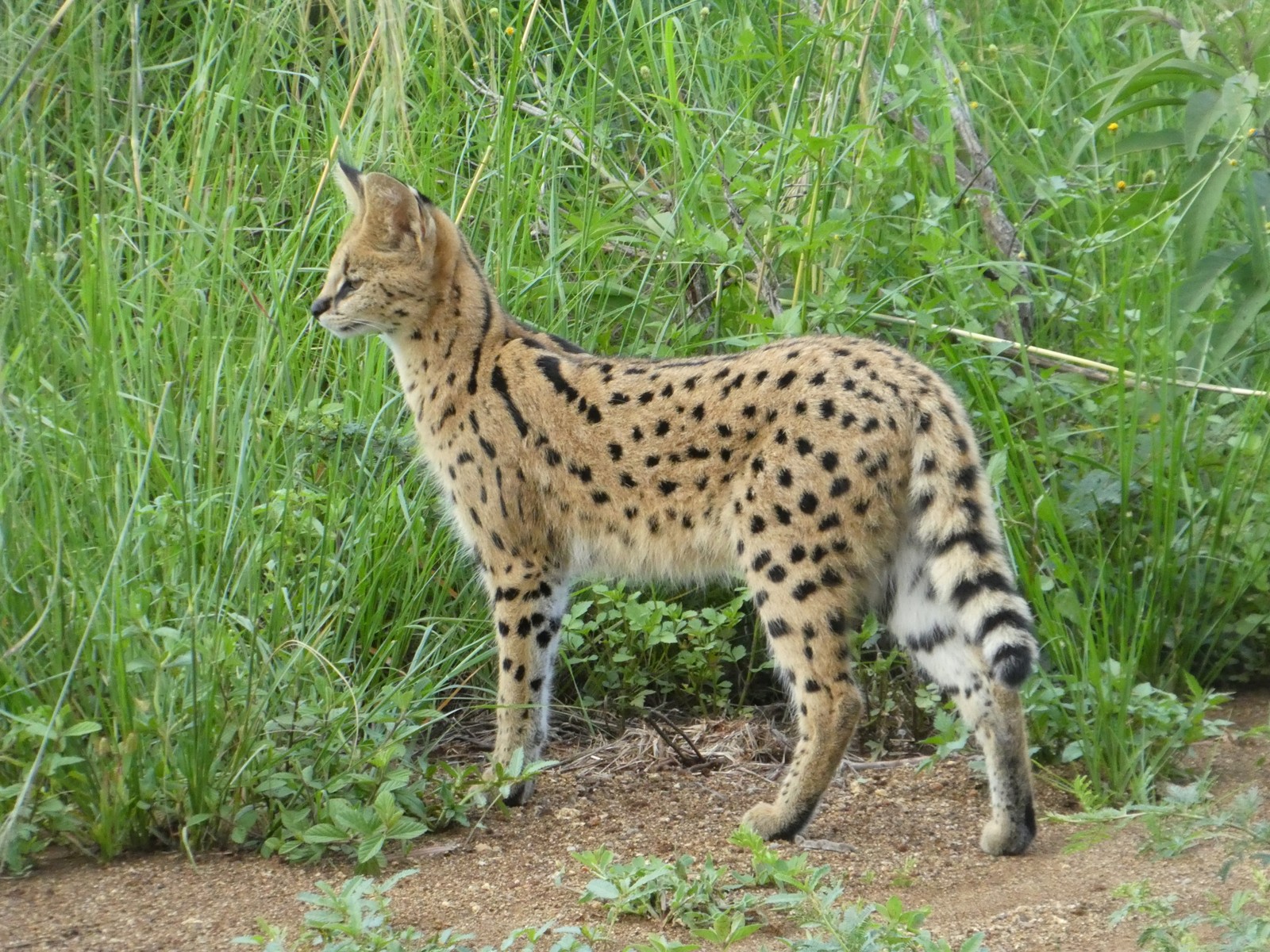Red-Tailed Hawk vs Cooper's Hawk: A Complete Comparison
When comparing the Red-Tailed Hawk vs Cooper’s Hawk, size offers the most immediate distinction. Red-tailed Hawks are significantly larger, with wingspans reaching 52 inches (132 cm), while Cooper’s Hawks typically span 31-35 inches (79-89 cm). These two North American raptors also differ markedly in their hunting strategies, with Red-tailed Hawks preferring open terrain and Cooper’s Hawks excelling in woodland pursuit.
These distinct characteristics reflect their evolutionary adaptations to different ecological niches. Red-tailed Hawks soar prominently above fields and roadsides, while Cooper’s Hawks navigate deftly through dense forest canopy. Understanding these differences helps birders and nature enthusiasts make accurate identifications in the field.
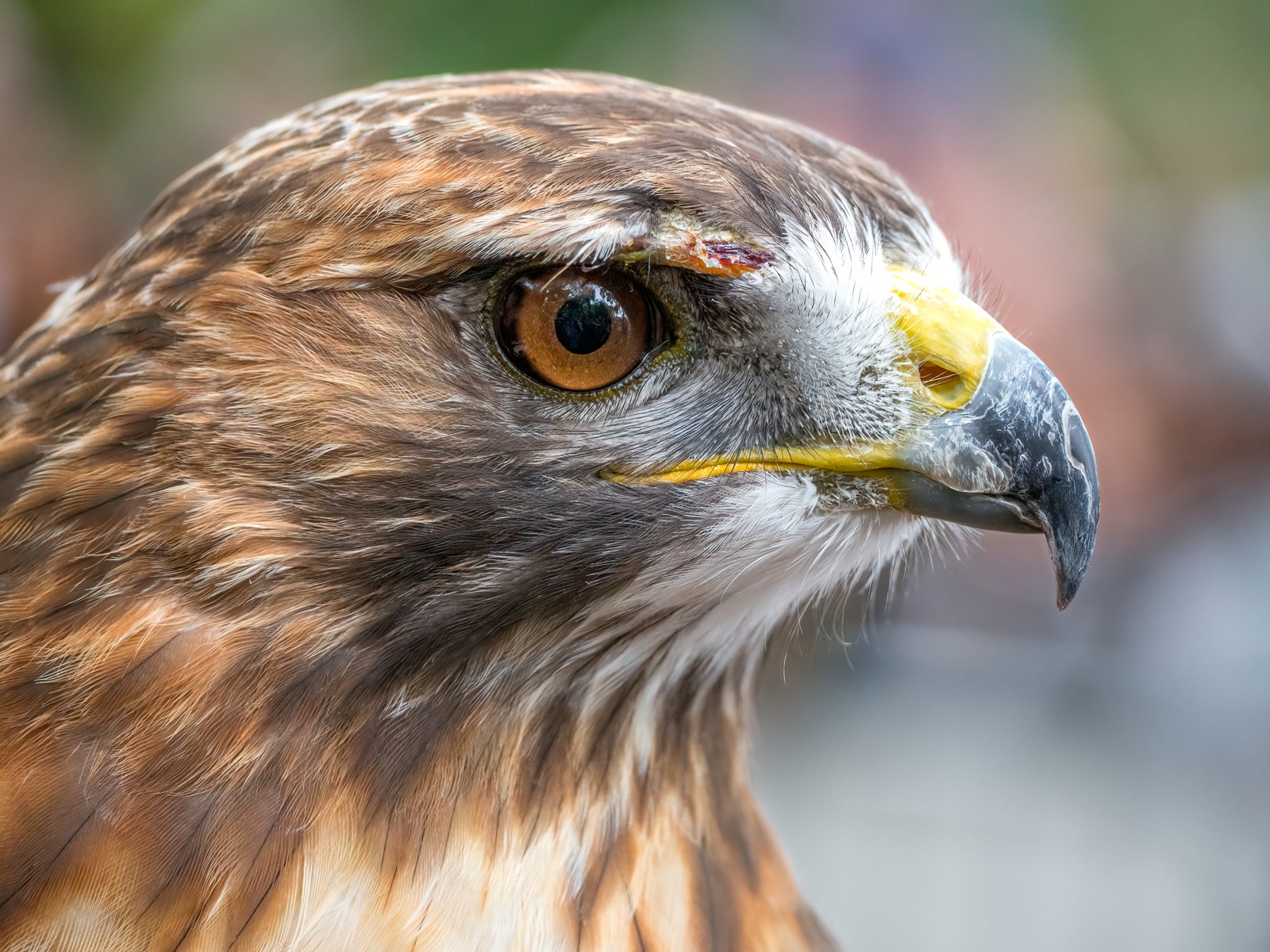
© Rhododendrites / CC BY-SA 4.0
The Red-tailed Hawk displays its characteristic features in this portrait, highlighting the powerful beak and intense gaze that make it one of North America’s most formidable aerial predators.
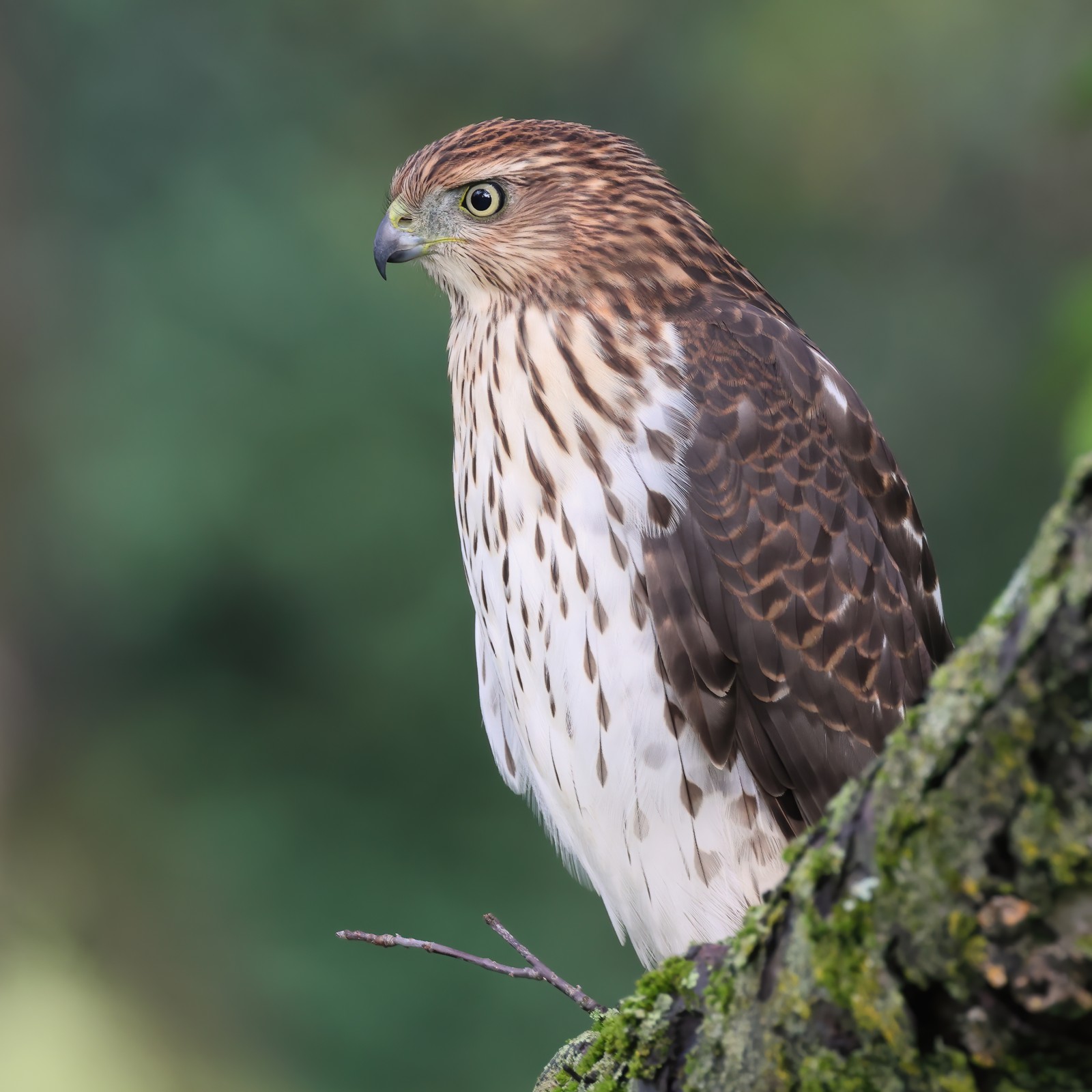
© Cephas / CC BY-SA 4.0
The Cooper’s Hawk exhibits its sleeker build and forest-adapted features, demonstrating the distinctive characteristics that set it apart from its larger cousin, the Red-tailed Hawk.
Key Differences Between Red-Tailed and Cooper’s Hawks
| Feature | Red-Tailed Hawk | Cooper’s Hawk |
|---|---|---|
| Wingspan | 45-52 inches (114-132 cm) | 31-35 inches (79-89 cm) |
| Weight | 1.5-3.5 lbs (690-1590 g) | 0.75-1.5 lbs (340-680 g) |
| Habitat | Open country, fields, roadsides | Woodlands, forest edges, suburbs |
| Hunting Style | Soaring, watching from perches | Quick pursuit through trees |
| Prey Preference | Mammals up to rabbit size | Small birds, occasional small mammals |
| Tail Features | Broad, rusty-red tail | Long, rounded tail with dark bands |
Habitat and Hunting Behavior
Red-tailed Hawks dominate open landscapes, frequently seen perched on telephone poles or circling high overhead. Their broader wings and fan-shaped tail enable efficient soaring as they scan for prey below. These adaptations allow them to spot and capture prey in open terrain with minimal energy expenditure.
Cooper’s Hawks, conversely, are woodland specialists. Their shorter wings and long tail provide exceptional maneuverability through dense forest canopy. These agile predators often employ surprise attacks, using trees and structures for cover while pursuing smaller birds, which comprise up to 90% of their diet.
Size and Physical Characteristics
The size difference between these raptors serves as a reliable identification marker. Red-tailed Hawks are notably robust, with females weighing up to 3.5 pounds (1590 g). Their broad wings and stocky build create an imposing silhouette against the sky.
Cooper’s Hawks display a more streamlined profile, with adults weighing between 0.75-1.5 pounds (340-680 g). Their longer tail and relatively shorter wings create a distinctive cross-like shape in flight, notably different from the Red-tailed Hawk’s broader profile.
Nesting and Breeding Habits
Both species construct stick nests but show distinct preferences in location and construction. Red-tailed Hawks typically build their nests in tall trees with commanding views of open areas, often reusing and enlarging nests over multiple seasons. These nests can reach impressive dimensions of 28-38 inches (71-97 cm) in diameter.
Cooper’s Hawks prefer more concealed nest sites within dense forest canopy, typically 25-50 feet (7.6-15.2 m) above ground. Their nests are smaller, averaging 24-28 inches (61-71 cm) in diameter, reflecting their more modest size requirements.
Identification Tips for Observers
Red-tailed Hawk Key Features:
- Broad, rounded wings
- Short, wide tail with characteristic rusty-red coloration (in adults)
- Pale chest with dark belly band
- Robust body structure
Cooper’s Hawk Key Features:
- Long tail with distinct dark bands
- Rounded wing tips
- Slate-gray back (in adults)
- Crown appears darker than nape
- Slim, cylindrical body shape
Through understanding these distinctive characteristics, observers can confidently differentiate between these remarkable raptors, enhancing their wildlife viewing experiences and contributing to citizen science efforts across North America.
